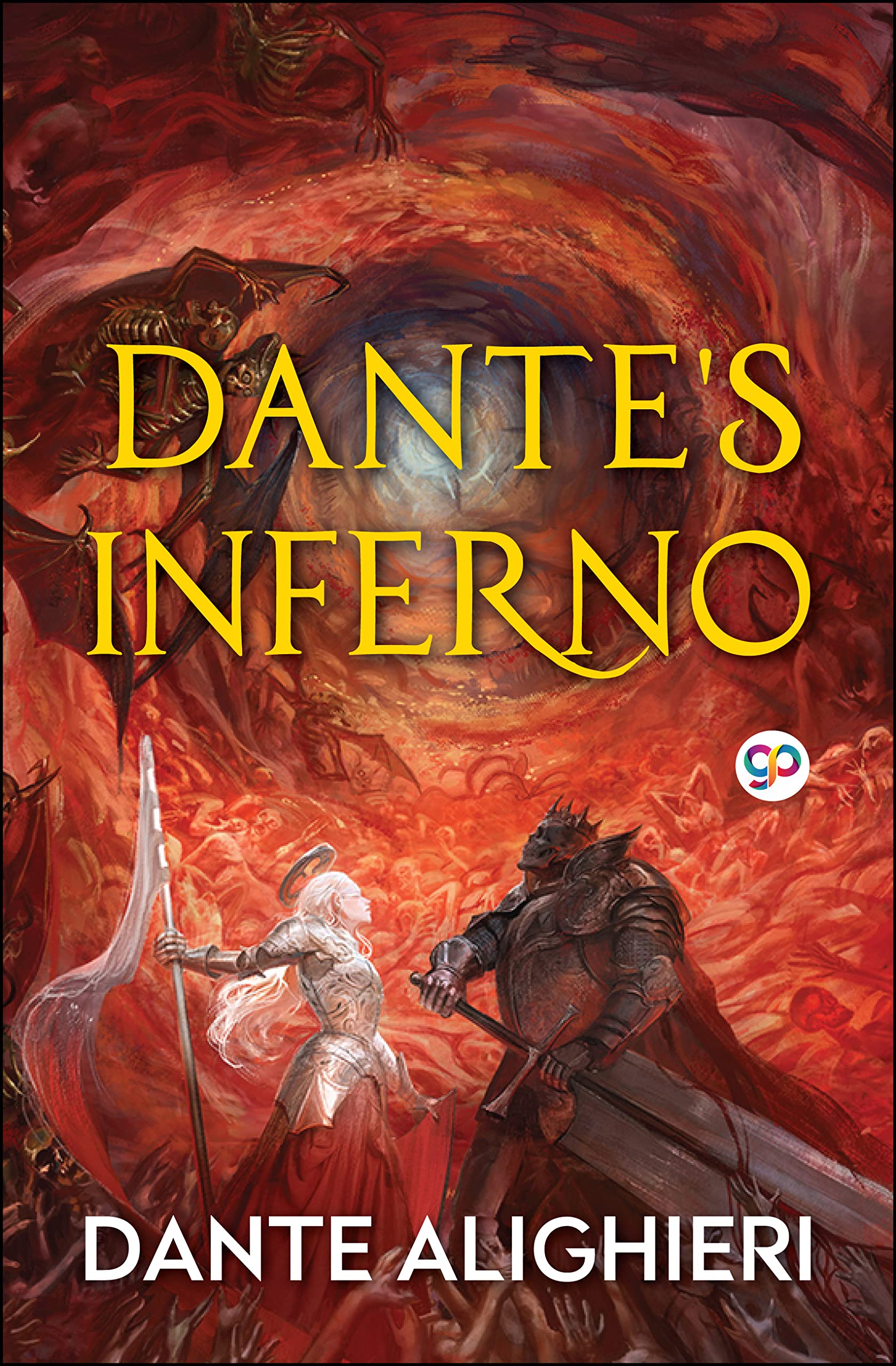When one embarks on a journey through Dante Alighieri’s “Inferno,” they are not merely traversing a tale of sin and retribution; they are invited into a labyrinthine exploration of human morality, spiritual redemption, and the intricacies of divine justice. This pivotal segment of “The Divine Comedy,” crafted during the early 14th century, remains a profoundly resonant allegory that promises to shift perspectives and ignite curiosity among its readers.
Dante’s narrative unfolds through a meticulously structured realm—the nine circles of Hell, each emblematic of various transgressions. From the liminal space of the vestibule, where the lukewarm souls linger in eternal indecision, to the frenetic torments of the violent, each circle exposes the profound consequences of earthly choices. This intricate design compels readers to confront their own moral compass and the repercussions of apathy and vice.
The journey commences with Dante, who finds himself lost in a dark wood, a metaphor for spiritual disorientation. His path is illuminated by the presence of the Roman poet Virgil, a symbol of human reason. Through the dynamic between Dante and Virgil, we delve into the tension between rational thought and spiritual insight. As guided by Virgil’s wisdom, readers are encouraged to examine the dichotomy of reason and faith, urging them to develop a more nuanced understanding of justice and redemption.
As Dante ventures deeper, the architecture of Hell becomes increasingly complex. Each circle represents a systematic gradation of sin. The meticulous categorization speaks volumes about Dante’s worldview, one that regards sin as an affront to divine order. Lust, gluttony, greed, and wrath are not merely personal failings; they are existential pitfalls that resonate throughout human history. This structure acts as a celestial balance sheet, foregrounding Dante’s astute commentary on societal mores. The audacity of his vision lies in its formal logic, which stands in stark contrast to the chaotic nature of human desires.
What truly captivates the reader is not merely the vivid depiction of suffering but the transformative power of recognition and understanding. For instance, witnessing the plight of the lustful trapped in an eternal whirlwind evokes both horror and empathy. Dante, as the everyman, confronts these figures, inviting us to contemplate the destructive nature of unchecked passions. This intimates a broader philosophical question: to what extent do our own desires govern our fates?
As we progress, the essence of hope permeates the narrative. Dante’s encounter with the gluttonous, who languish in a mire of filth, subtly hints at the possibility of repentance and enlightenment. The suffering is palpable, yet it serves as a catalyst for introspection. Here, the reader is beckoned to confront their own appetites. Are we not all, in some respects, gluttons of experience, seeking fulfillment in moments fleeting and transient? The introspective journey emphasizes the idea that realization and contrition are prerequisites to liberation.
Moreover, Dante’s interactions with sinners reveal their individual stories, intertwining their narratives with overarching themes of fate and agency. Take, for instance, Francesca da Rimini, who, ensnared in the throes of forbidden love, becomes a symbol of tragic human yearning. Her sorrowful tale shatters the illusion of moral absolutes, inviting compassion even in the face of transgression. Is it not this humanizing approach that grants “Inferno” its timeless allure? We glimpse into the depths of despair and joy alike, evoking a profound curiosity about our shared experiences.
As the journey must inevitably conclude, Dante emerges from the depths of despair, prompting a powerful reflection on perseverance and the quest for truth. His shift from darkness to dawn mirrors the potential for redemption that exists within us all. This ascent is not just physical but spiritual—a movement towards enlightenment. One cannot help but ponder: How often do we emerge from our own metaphorical Hell? Are we reformed by our experiences, or do we remain tethered to past mistakes?
Amidst the vivid imagery and haunting narratives, Dante’s “Inferno” delineates a complex relationship between sin, punishment, and the divine. The consequences faced by each soul serve not only as a warning but also as an invitation to self-examination. The exquisite detail in which these moral lessons are conveyed unlocks a kaleidoscope of interpretations, each as valid as the last. This rich tapestry of meaning is what renders Dante’s work a beacon for those seeking deeper understanding in moral philosophy and human governance.
In conclusion, reading “Dante’s Inferno” is akin to embarking on a grand odyssey through the very fabric of existence. It promises a profound shift in perspective and challenges us to confront the complexities of our lives. Rather than relegating this masterpiece to the annals of literary history, let it serve as a continual reminder of the struggles inherent in the human condition. With each turn of the page, curiosity is ignited, leaving us to contemplate the enduring question: What does it mean to grapple with sin and strive for redemption in a world rife with moral ambiguity?
